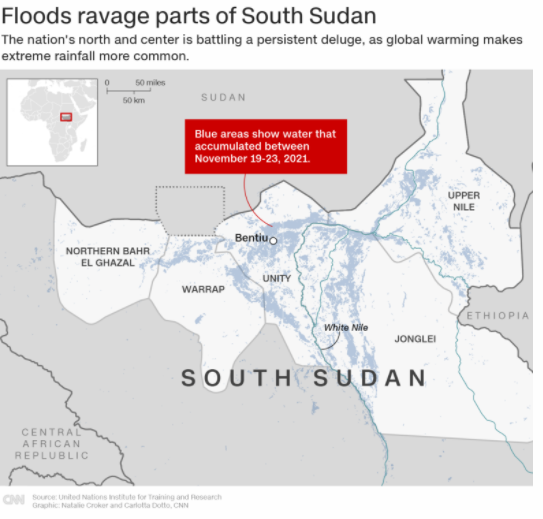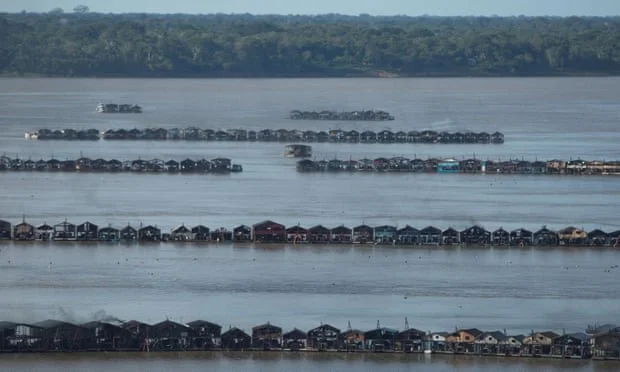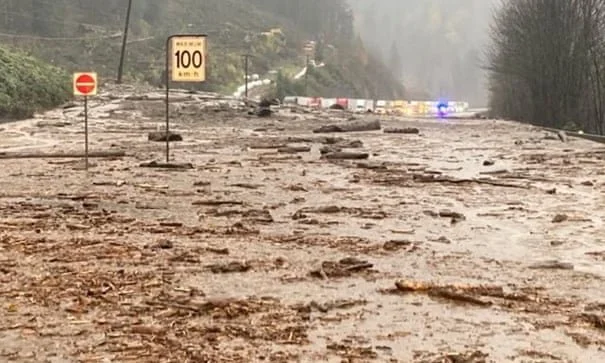Maya Yang
Environmental activist criticises US president for expanding fossil fuel infrastructure
Greta Thunberg poses for a photo with a sign reading ‘School strike for climate’ as she protests in front of the Swedish parliament in November. Photograph: Jonathan Nackstrand/AFP/Getty Images
In an interview with the Washington Post, the 18-year old Swedish environmental activist rejected the idea that the US president is a leader on climate issues.
“It’s strange that people think of Joe Biden as a leader for the climate when you see what his administration is doing,” she said. “The US is actually expanding fossil fuel infrastructure.
“Why is the US doing that? It should not fall on us activists and teenagers who just want to go to school to raise this awareness and to inform people that we are actually facing an emergency.”
Asked what she wants politicians like Biden to do, Thunberg said: “First of all, we have to understand what is the emergency.
“We are trying to find a solution to a crisis that we don’t understand … it’s all about the narrative. It’s all about, what are we actually trying to solve? Is it this emergency, or is it this emergency?”
In November, Thunberg called the Cop26 climate summit in Glasgow “a failure”, arguing it “turned into a PR event” in which “leaders are not doing anything” except “actively creating loopholes and shaping frameworks” in order to keep profiting from a “destructive system”.
Speaking to the Post, Thunberg said that a Cop26 final agreement “which is very much an achievement” will not amount to anything unless it increases ambitions which leaders then fulfill.
One of the positives of Cop26, she said, was that it revealed that “under current circumstances, within current systems, we won’t be able to solve the climate crisis unless there is massive pressure from the outside”.
'Cop26 is a failure': Greta Thunberg rallies climate activists in Glasgow – video
Thunberg said global summits like Cop26 presented a “big opportunity” for public mobilization to highlight the climate crisis.
In Glasgow, Biden vowed that the US would “lead by example” in the fight to avoid global heating beyond 1.5C. He made new promises to cut down on methane, a potent greenhouse gas, and to end deforestation, drawing widespread praise.
Nonetheless, when more than 40 countries announced a promise to end coal mining, the US was absent from the list.
In a recent report, the UN environment program and other researchers found that global production of oil and gas is on track to rise over the next 20 years at a rate that will result in double the fossil fuel production in 2030 consistent with a 1.5C rise.
The report found that the US projects increases in oil and gas production by 17% and 12% respectively by 2030.
The Biden administration has approved at least 3,091 new drilling permits on public lands at a rate of 223 permits a month, at a faster rate than the Trump administration.
In November, the US held the largest-ever auction of oil and gas drilling leases in Gulf of Mexico history, offering up more than 80m acres of seabed.
Thunberg told the Post: “What’s holding us back is that we lack the political will.
“Our goal is to find a solution that allows us to continue life [as it is] today,” she said. “… but the uncomfortable truth is that we have left it too late for that. Or the world leaders have left it too late for that.
“We need to fundamentally change our societies now. If we would have started 30 years ago, it would have been smoother. But now it’s a different situation.”










































